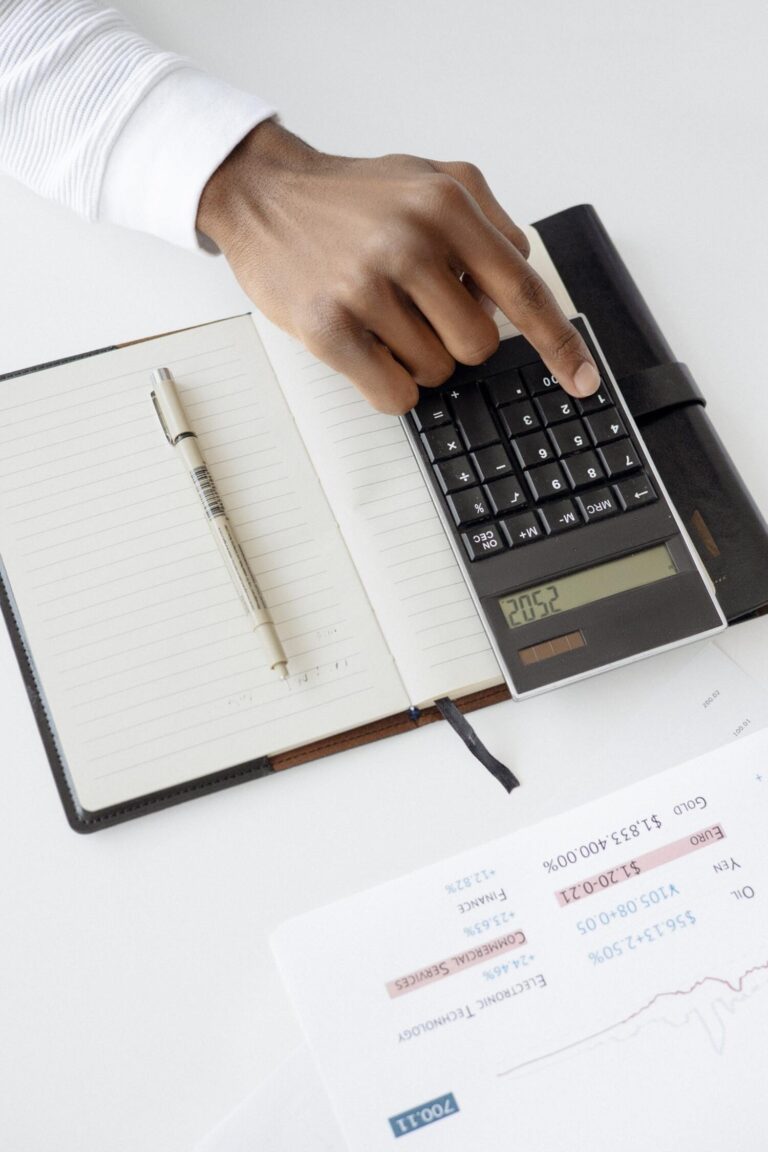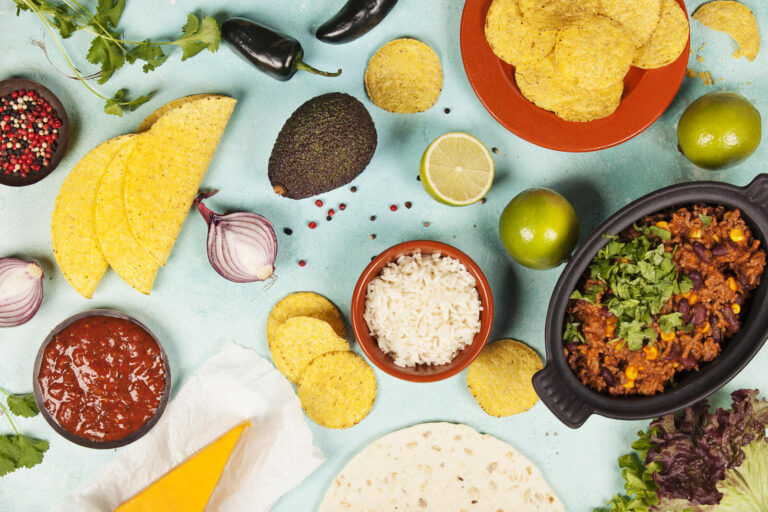21 Cheap Foods to Buy When You’re On a Budget

Groceries can take up a significant portion of your budget each month. However, if you carefully choose what you buy, it doesn’t have to be that way. Purchase affordable yet nutritious foods that help you stay healthy and save every time you head to the checkout. Let’s look at some here.
Wholesome Food For Budget-Conscious Shoppers
1. Bananas
Bananas should always be on your shopping list because they’re a great bargain. They usually cost around 58 cents per pound and are packed with essential nutrients like vitamin C, manganese, vitamin B6 and potassium.
Additionally, bananas are a good source of quick energy and are relatively easy to incorporate into meals and snacks. You can upgrade a bowl of oatmeal with a few slices of banana.
2. Beans
Another cheap food to add to your shopping list is beans. There are many bean varieties, each with its own nutritional value. Try dry or canned beans – they aare usually the cheapest.
The best thing about beans is that you don’t need cooking skills to include them in your daily meals. There are tons of simple recipes on the internet that feature beans.
Experts say beans contain essential nutrients and suggest we consume them every day. They contain protein, fiber, and other nutrients necessary to keep our gut healthy and fortify our immune system.
For 60 to 70 cents per can, you’re surely getting more than your money’s worth.
3. Yogurt
Yogurt is another hit with bargain shoppers since you can buy huge cups relatively cheaply. You’ll need to pay more for premium yogurt, but you can get standard yogurt for as little as $1 per 6 ounces.
For a tasty breakfast snack, combine plain yogurt with frozen berries, oats, and cereal. You can substitute yogurt with other cheap alternatives if you’re allergic to it.
- Brown Rice
If you’re looking for a cheap but generous source of healthy carbohydrates, add brown rice to your shopping list. You can get a few pounds of this high-fiber food for only a few dollars.
Brown rice contains fiber, minerals, magnesium, and manganese. Due to its high fiber content, brown rice can aid in keeping cholesterol levels low. It can also help curb your appetite, which helps you avoid overeating.
4. Canned Tuna or Salmon
Lately, the prices for fresh tuna and salmon have become unsteady. If you’re craving seafood but have a tight budget, switch to canned tuna or salmon to satiate your palate.
Canned tuna is a cheaper alternative to fresh tuna yet is still healthy and nutritious. It is a good source of protein and omega-3 fatty acids, nutrients that can aid people suffering from metabolic syndrome.
You will never run out of meal ideas for canned tuna. You can use it in a sandwich, a noodle casserole, tuna melts, and many more dishes.
5. Chicken
Chicken is a good source of protein, and you’ll save more if you buy a whole chicken. You can buy a whole chicken for $5.61, equivalent to about $1.06 per pound of bone-in chicken.
Buying a whole chicken is also best if you are feeding a big family since one whole chicken can last for up to one to two meals. Leftover parts can be transformed into other dishes, like chicken soup or chicken broth.
6. Chuck Roast
Add chuck roast to your grocery list if you want fatty and filling food. A boneless chuck roast is pretty cheap at about $7.50. There are a variety of meals you can prepare with chuck roasts like pot roast and beef stroganoff.
7. Corn Tortillas
Corn tortillas are an accessible type of whole grain food and are fairly inexpensive. You can buy a 30-pack of corn tortillas for only $1.88. Corn tortillas are healthier than the wheat variety since they contain around half the calories.
8. Eggs
Eggs are not just a great source of protein; they are budget-friendly and relatively easy to prepare. You can buy a dozen eggs for only $1.06, and there are a variety of meals you can use them in.
You can cook eggs in different ways: hard-boiled, scrambled, sunny-side up, poached, and many more. Add other ingredients like butter, herbs, and spices to make them tastier.
9. Flour
One of the best money-saving tips is buying flour instead of factory-made bread and whole-wheat products. Flour only costs a dollar per pound, and there are countless foods you can make from it, like bread, pancake, biscuits, and more.
10. Frozen Vegetables
Vegetables can be pricey sometimes, especially if you’re buying them out of season. The better alternative to buying fresh vegetables is buying frozen ones, which are cheaper and have a longer shelf life.
11. Ground Beef or Ground Chuck
Another cheap but significant source of protein to add to your grocery list is ground beef or ground chuck. Most markets sell ground beef starting at around $5 per package.
There are numerous ground beef recipe ideas, including hamburgers, meatballs, tacos, pizza, and more.
12. Honey
You can try switching to honey if you have a sweet tooth and are looking for a cheaper, healthier alternative to sugar. You can buy honey cheaply at $3.08 per 12-ounce bottle.
13. Iceberg Lettuce
Iceberg lettuce may not be many people’s first choice when it comes to lettuces, but it is the most affordable option. You can buy an iceberg lettuce head for only $1.28.
While not as popular as kale and red-leaf lettuces, iceberg lettuce still contains nutrients such as vitamin C, vitamin K, folate, and potassium. It is also low in calories and high in water content which can help in weight loss.
14. Lentils
Another cheap, healthy food to add to your grocery list is lentils. They are rich in fiber and protein and can serve as a meat substitute.
It’s much better to buy lentils in a bag than a can because they don’t take too long to cook. You can buy a 16-ounce bag of lentils for only 69 cents.
15. Oats
Oats are fairly cheap and are good sources of vitamins, minerals, and fiber. Oats can also help you lose weight and keep your cholesterol levels low. Depending on your grocery store, an oatmeal pack can cost $12.99.
16. Peanut Butter
Peanut butter is a terrific condiment to your grocery list if you’re on a tight budget. Aside from being a good protein source, peanut butter also has a long shelf life.
17. Pasta
If you’re not much into brown rice or bread, try pasta. Pasta is inexpensive, and it is also a good source of carbohydrates.
18. Potatoes
Potatoes are the staple food for your pantry because they are budget-friendly and nutritious. Potatoes cost 77 cents per pound and contain nutrients like vitamin C and potassium.
19. Spinach
Unlike other green, leafy vegetables, spinach is a good choice if you want to cut back on your grocery expenses but don’t want to sacrifice the nutritional value of the food in your pantry. This vegetable is rich in vitamin A, vitamin C, vitamin K, folate, and manganese.
20. Tomatoes
Tomatoes are cheap and healthy and a must-have on your grocery list. There are also a lot of dishes you can incorporate tomatoes with, and they are sure to intensify the flavor of your meal.
You can buy tomatoes at 69 cents per 14.5 ounces. They are also a good source of fiber, vitamin C, and vitamin K.
Grocery Shopping Saving Tips
1. Buy Seasonal Produce
One of the smartest ways to save money while grocery shopping is to buy seasonal produce. If it’s the summer season, specifically shop for fruits and vegetables produced during the summer because they are considerably cheaper and fresher than other fruits and vegetables.
2. Check For Weekly Specials and Sales
Using weekly specials and sales to your advantage can save you a lot of money when you’re grocery shopping. Try to schedule your grocery shopping during a sale to get good discounts on the items on your shopping list.
3. Shop for Food in the Center Aisles
Many people take the center aisles for granted but don’t know that many healthy yet cheap foods are available there.
4. Switch to Canned Fruits or Vegetables
If you think fresh fruits and vegetables are too expensive, consider switching to canned fruits and vegetables. Canned foods are cheaper than fresh ones and have a longer shelf life.
Takeaway
If you’re not too keen on compromising the usual items on your grocery list, there are still some ways you can save money. For example, you can shop during grocery sales and specials and take advantage of highly available produce during the season.
Grocery shopping can be quite expensive, but it doesn’t always have to be if you choose the cheap food on our list. There are a lot of money-saving hacks you can use to still get the best nutritional value while on a tight budget.
This article is originally on Finance Quick Fix.






